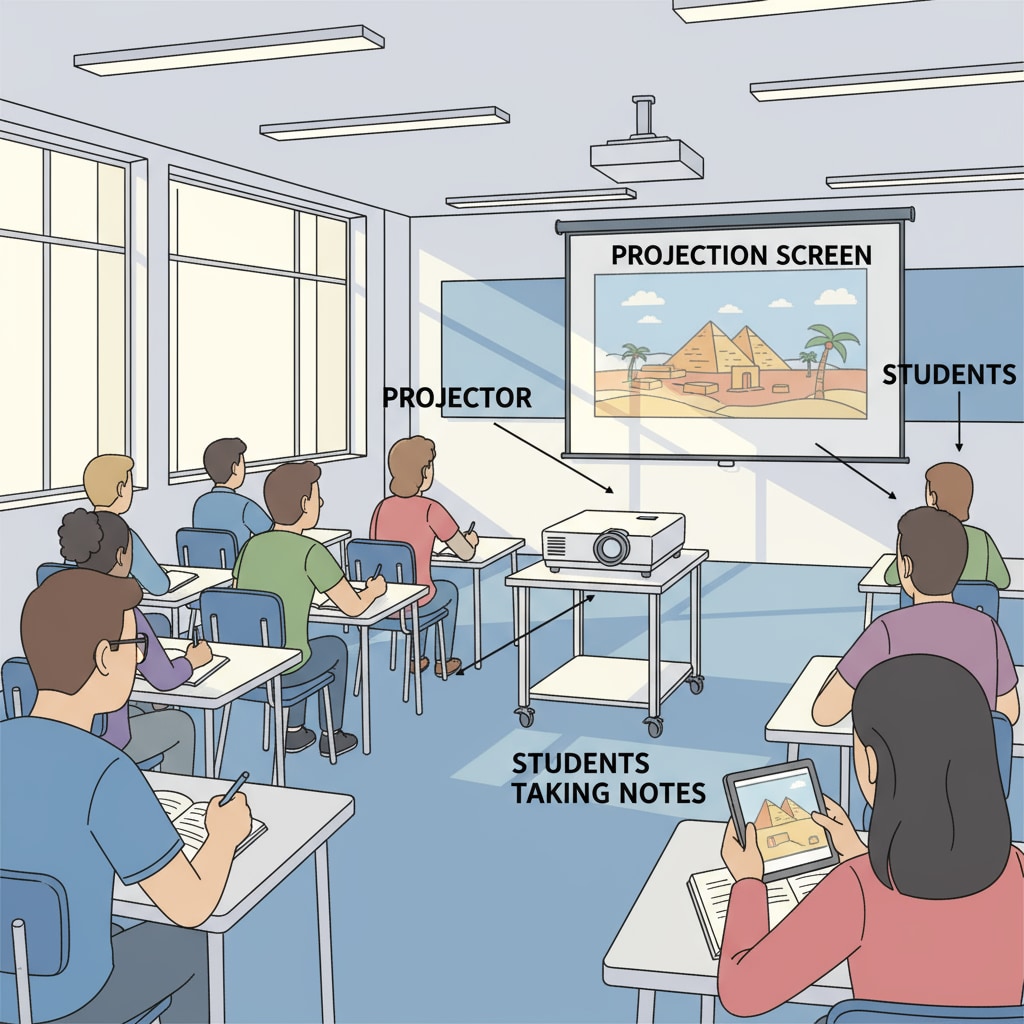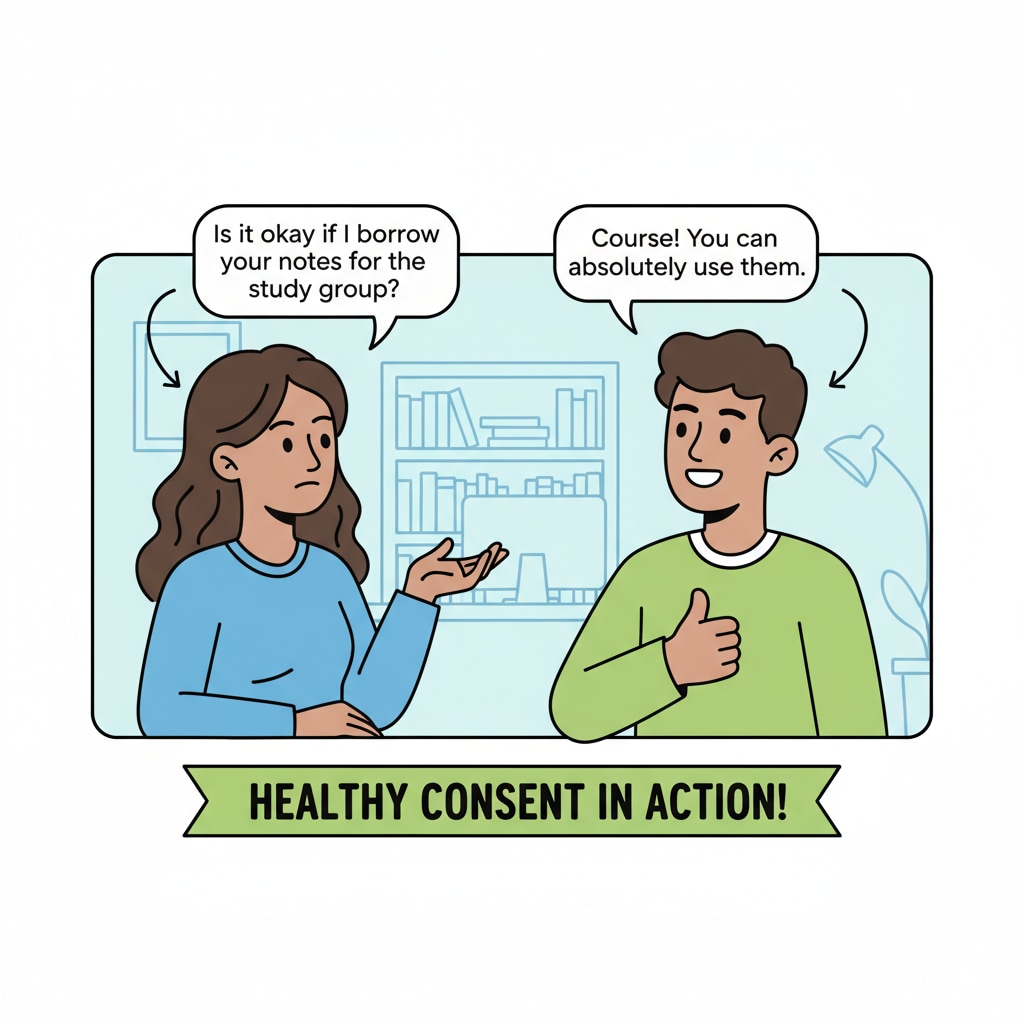Consent, educational resources, school bullying, and youth education are intertwined aspects that hold great significance in shaping the values and behaviors of teenagers. In the realm of anti-bullying education, teaching the concept of consent to adolescents, particularly those in junior high school aged 12 – 14, is a crucial step towards fostering respect and establishing healthy boundaries. One effective way to achieve this is by using carefully selected film clips as educational tools.

The Power of Film in Teaching Consent
Films have a unique ability to engage students emotionally and intellectually. They can present complex ideas in a more accessible and relatable manner compared to traditional teaching methods. For example, a well-chosen movie clip can vividly depict situations where consent is either respected or violated, making it easier for students to understand the concept. This visual and narrative approach helps students connect the theoretical idea of consent with real-life scenarios. American Psychological Association’s Resources on Consent Education
Selecting Appropriate Film Clips
When choosing film clips for 12 – 14-year-olds, several criteria should be considered. Firstly, the content must be age-appropriate. It should not contain overly mature themes or graphic scenes that could be distressing or confusing for this age group. Secondly, the clip should clearly illustrate the concept of consent. This could involve characters having open and honest conversations about boundaries, or showing the consequences of disregarding consent. Additionally, the story should be engaging enough to hold the students’ attention.

Another important aspect is cultural relevance. Selecting clips that reflect the diverse backgrounds and experiences of the students can enhance their understanding and connection to the topic. By using films that feature characters from different ethnic, social, or cultural groups, educators can show that the concept of consent is universal and applicable in various contexts. Teach with Movies – A Resource for Educational Film Selection
Once the appropriate film clips are selected, educators need to plan how to use them effectively in the classroom. Before showing the clip, it can be beneficial to introduce the topic of consent briefly, asking students what they already know or think about it. This helps set the stage and activates their prior knowledge. During the screening, educators can pause at key moments to ask guiding questions, encouraging students to think about the actions and decisions of the characters in relation to consent.
After the clip is shown, a discussion should follow. This is the crucial part where students can share their thoughts, feelings, and insights. Educators should create a safe and inclusive environment where all students feel comfortable expressing their opinions. By facilitating a meaningful discussion, students can deepen their understanding of consent and learn from each other’s perspectives.
Readability guidance: The key points are presented in short paragraphs and lists for easy comprehension. The use of passive voice is minimized, and transition words like “firstly”, “secondly”, “additionally” are used to enhance flow. Each H2 section has related content and is followed by practical suggestions.


